This is one of the most common lycophytes in Itatiaia National Park. Plants are usually terrestrial and hanging over the road banks. Be careful not to confuse it with P. comans, a Brazilian endemic that is more compact and shorter, but otherwise approximately twice as large in all parts.
- P. acerosus – habit
- P. acerosus – stem proximally
- P. acerosus – sporophylls
- P. acerosus – adaxial sporangia
- P. acerosus – stem distally
- P. acerosus – stem distally
- P. acerosus – forked stem

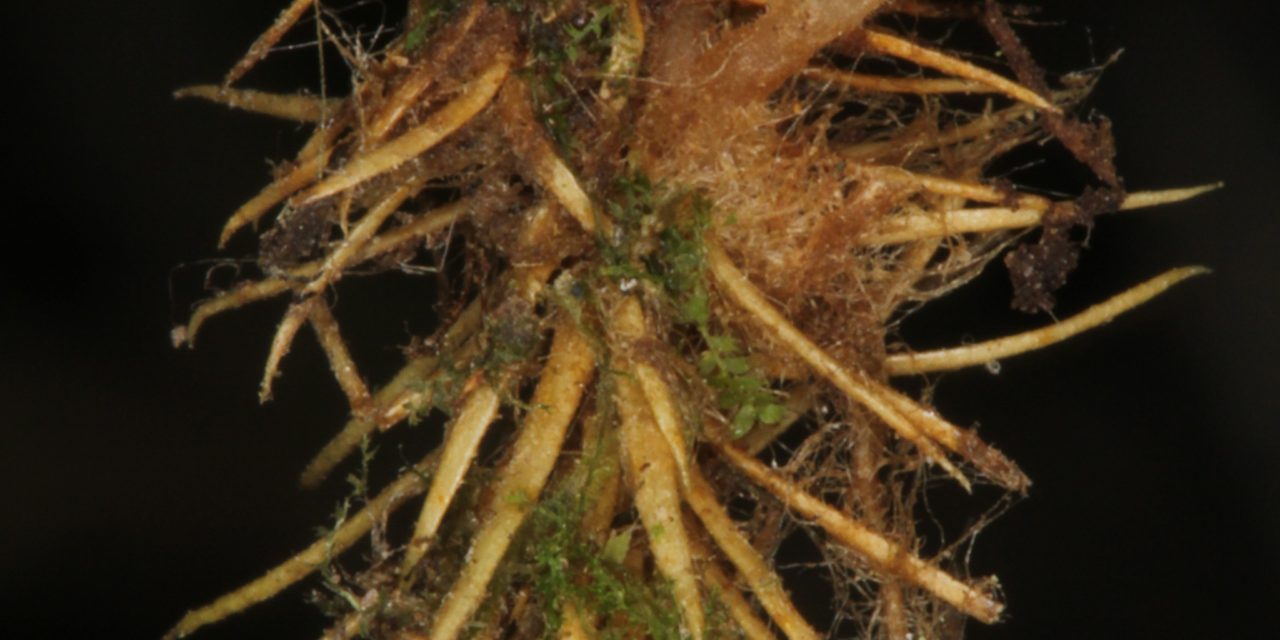
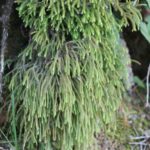
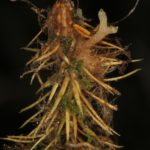
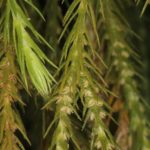
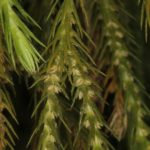
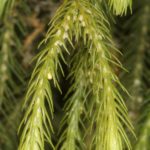
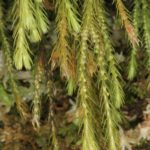
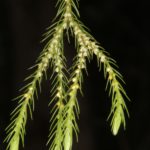
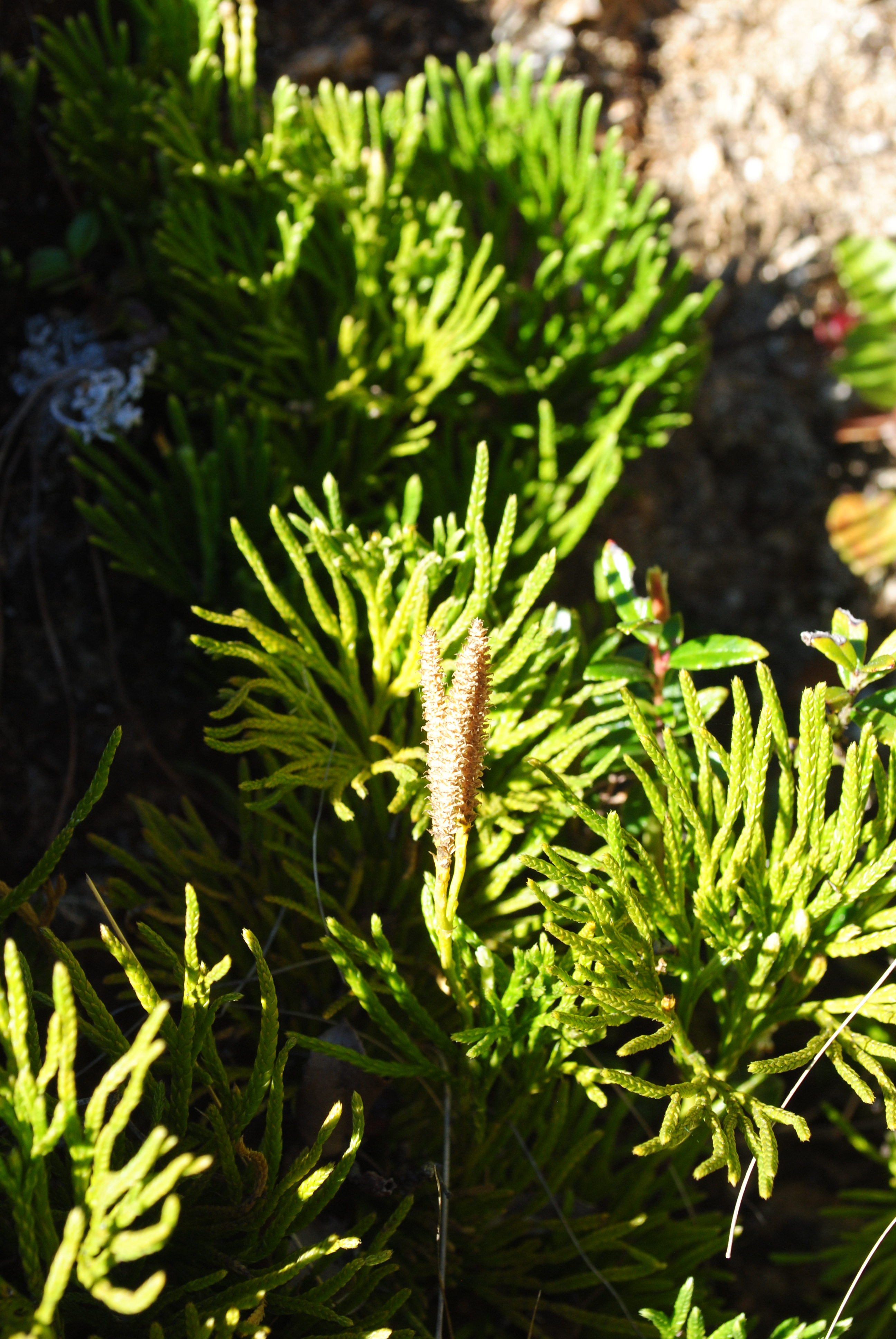
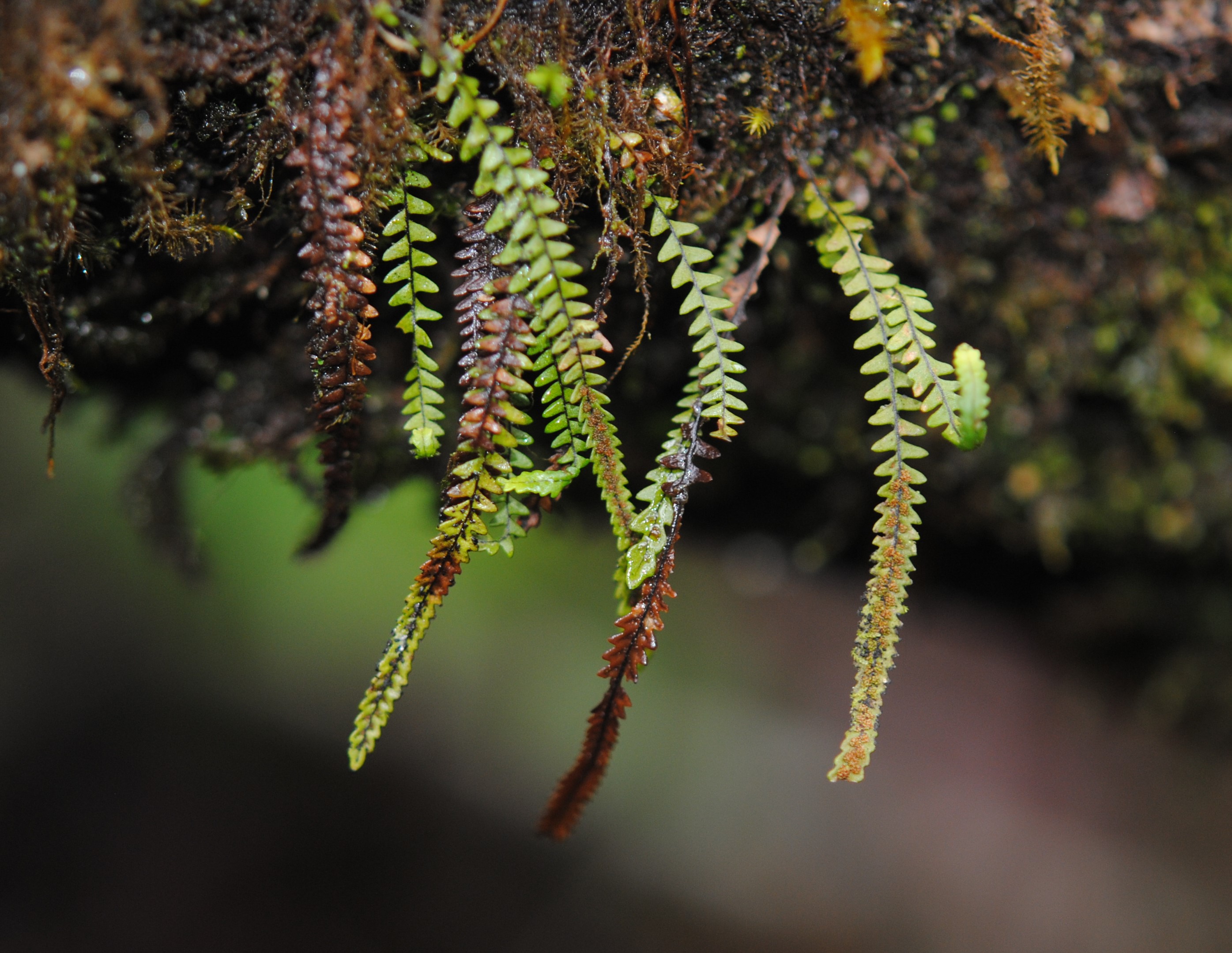
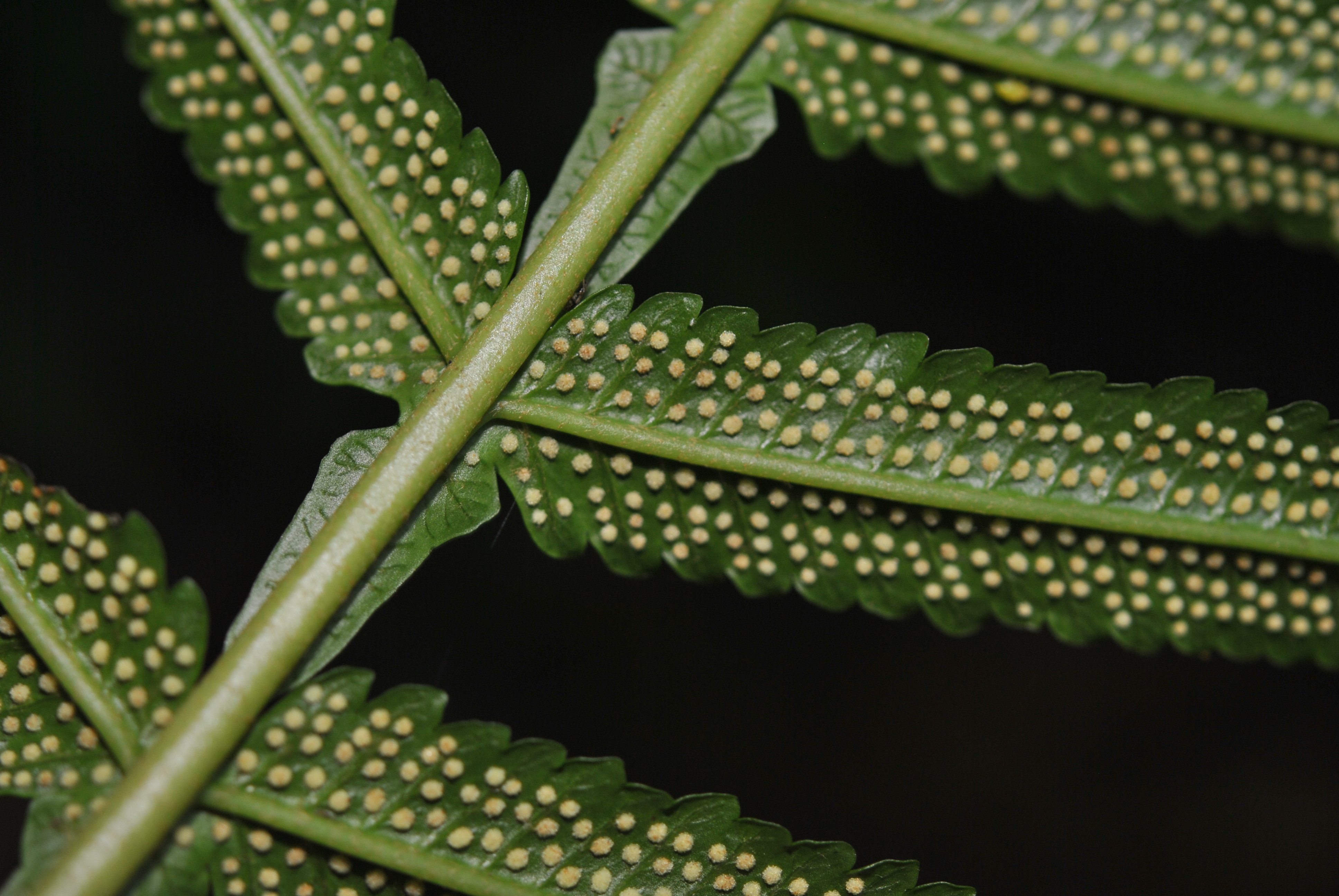
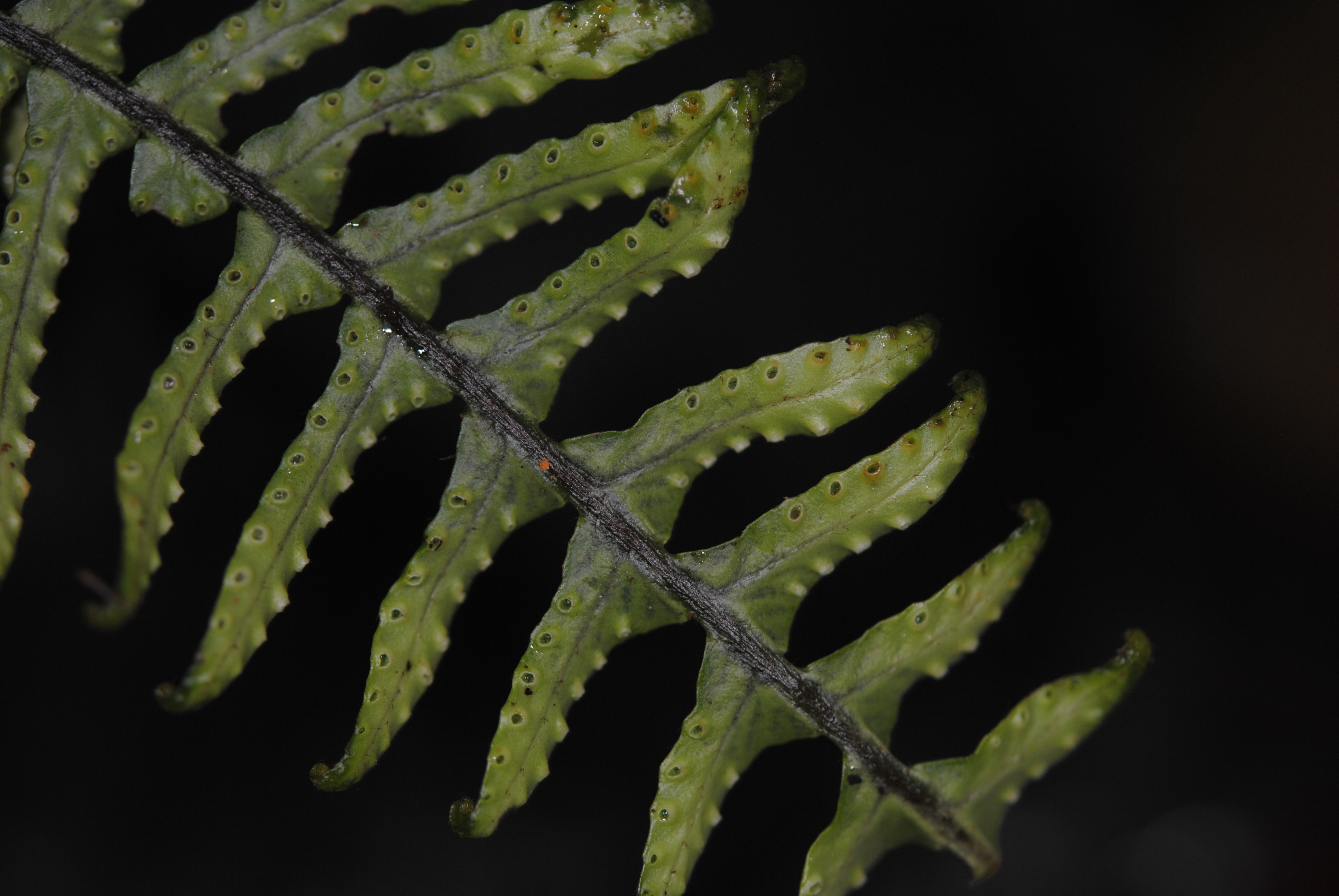
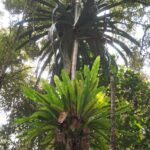
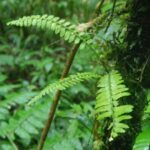
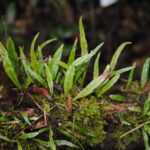
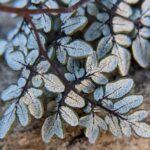
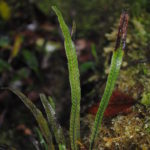
Hi Fernando, beautiful pics!
I believe that we saw this species together on our Itatiaia trip a couple of years ago on a low tree trunk at the road. Your observation that P acerosa is mostly terrestrial is interesting. In Ecuador I have often seen that species we generally consider epiphytic, don’t know that they are, and grow happily on light open well-drained road banks.
I find it difficult to distinguish P. acerosus and P. comans because there are many intermediates, although the extremes are easy.
Thanks, Benjamin!
You are absolutely right: We saw this species together on our trip to Itatiaia. I love that mountain! Last year I returned there to look for other Elaphoglossum species, and photographed this beautiful Phlegmariurus. It is like you mentioned in your lecture: some plants just do not care about their substrate, they can grow on a tree, on the soil or even on rocks, as long as they have all they need to survive.